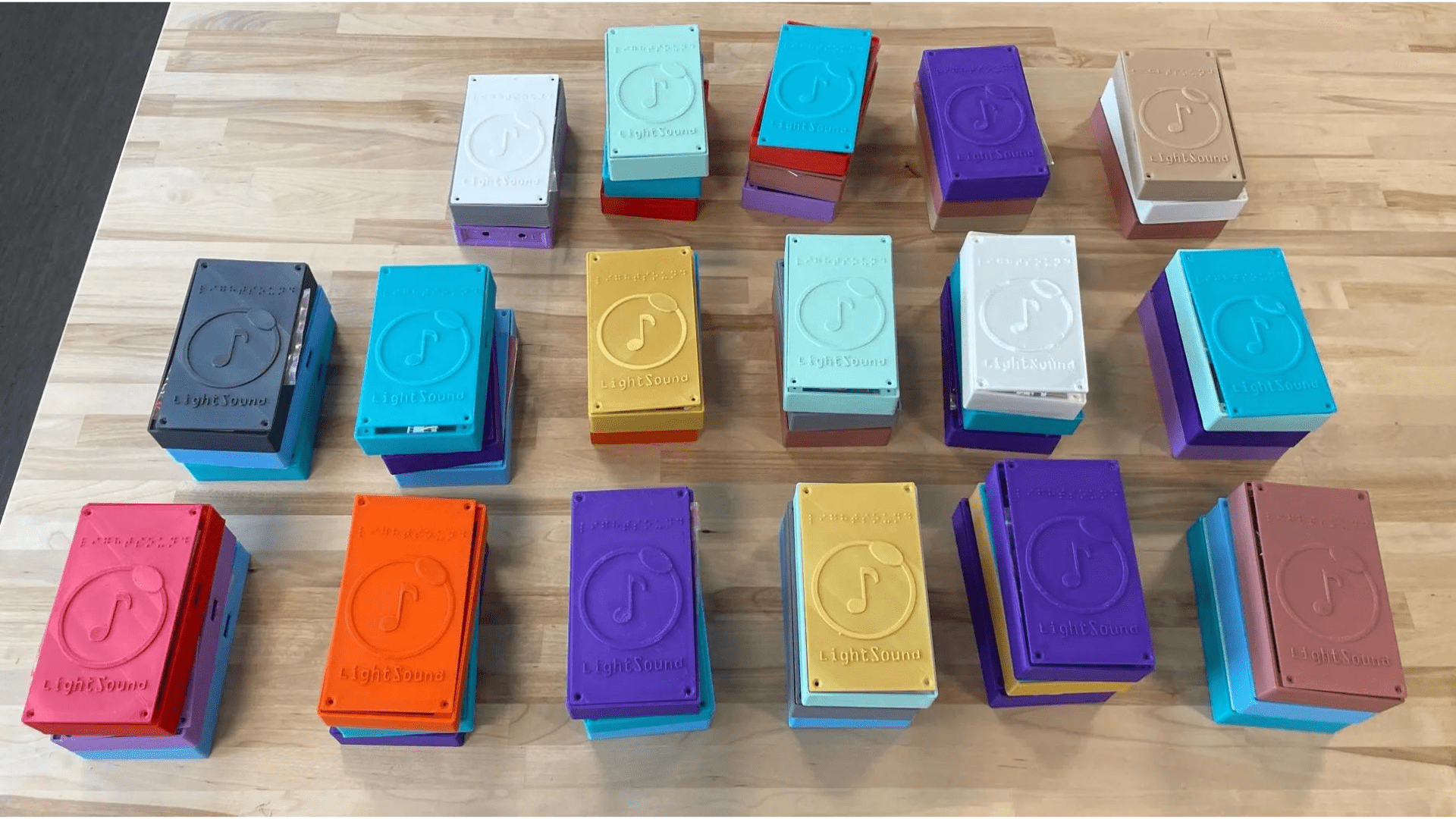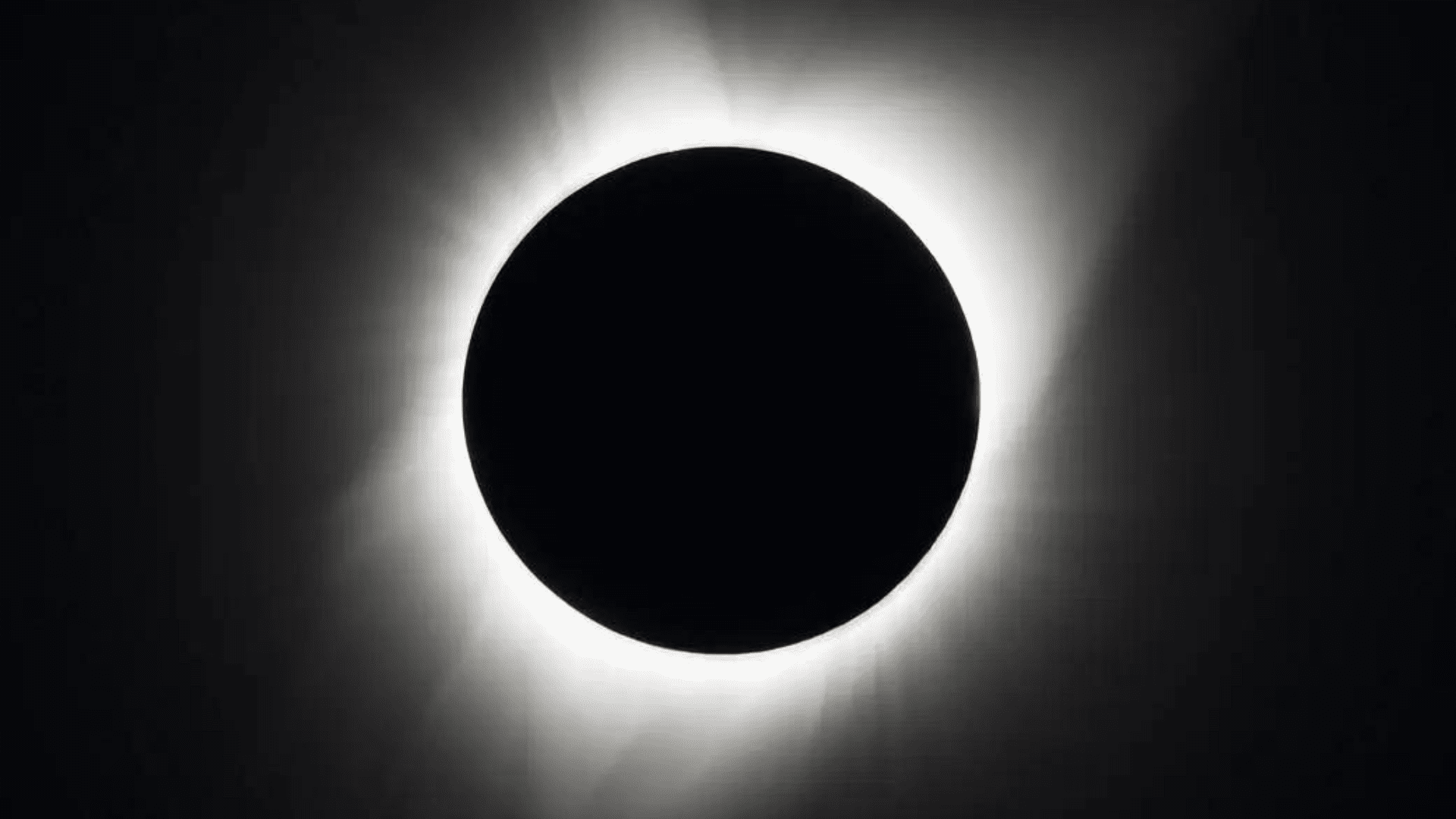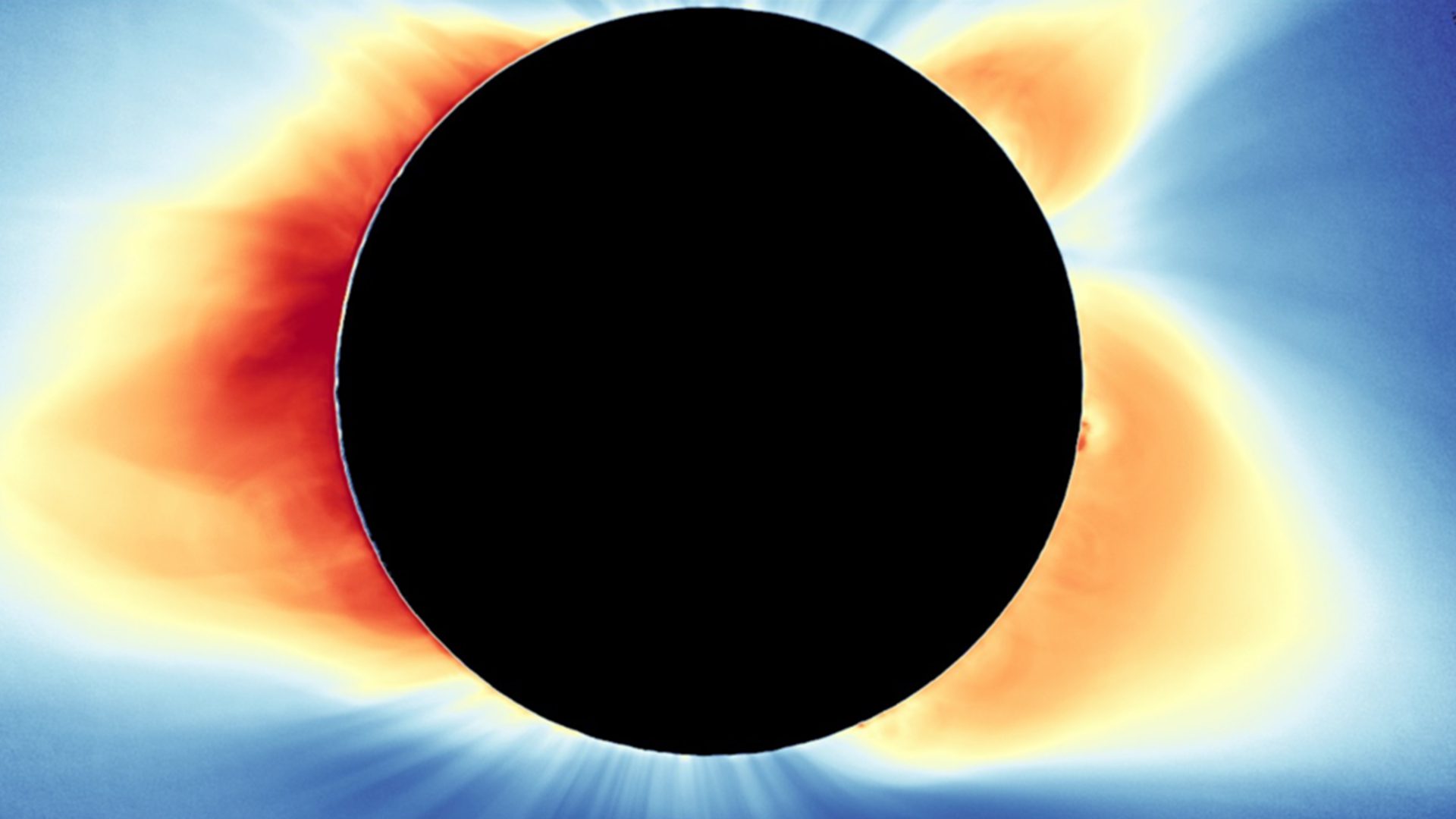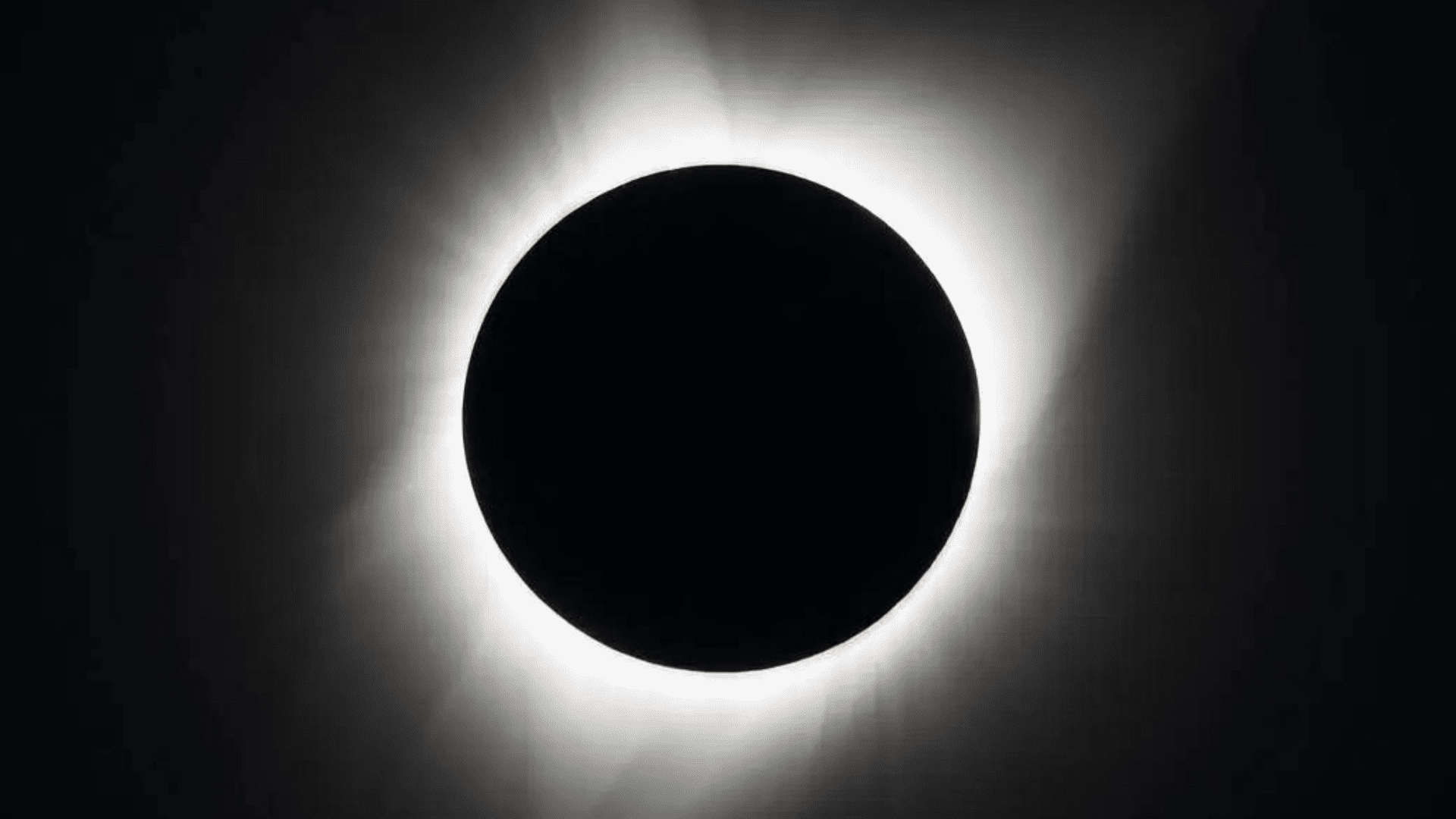The world is preparing to witness the solar eclipse of 2024 approaching on April 8. But, there is a group that can’t see the Moon pass by the Sun. However, there is a way for the blind and low visibility (BLV) community to hear the eclipse with new technology.
LightSound
The rare and unique total solar eclipse is for everyone including those who can’t see. That is thanks to the LightSound technology. Harvard University astronomer Allyson Bieryla and her team developed the first LightSound prototype ahead of the solar eclipse in 2017. The LightSound is a handheld device that helped visually impaired people see the 2017 eclipse.
To develop the technology Bieryla teamed up with Wanda Díaz Merced, an astronomer who is blind. There have been significant improvements to the device since its development in 2017.
Explore Tomorrow's World from your inbox
Get the latest science, technology, and sustainability content delivered to your inbox.
I understand that by providing my email address, I agree to receive emails from Tomorrow's World Today. I understand that I may opt out of receiving such communications at any time.
How the Device Works

According to the LightSound website, the device uses a technique called sonification. This process converts data, or light intensity, to sound. When the Moon steps in front of the Sun during a solar eclipse, it causes a dip in sunlight. The device uses its sensors to detect the change in light and then turns that into musical notes. Users can connect the device to headphones or a speaker to play the sounds for a group.
According to the Associated Press, once the light condition is measured, the device’s synthesizer generates coordinating musical notes. For example, high-pitched flute sounds represent intense light. When the light starts fading away, the synthesizer plays clarinet sounds with a lower pitch. Finally, when the Moon completely covers the Sun and there is no light, the device plays a steady clicking sound.
Distributing LightSound
Bierlya and her team plan to distribute 750 free devices to groups hosting viewing events. The LightSound website states, “Our hope is to provide a tool to aid in the accessibility of eclipse events for the blind and low-vision community.”
Additionally, Indiana’s Tactile Engineering developed another type of technology called the Cadence tablet. This device allows blind or low-vision individuals to feel the eclipse as it happens. The device uses rows of dots that pop up and down to deliver touchable sensations that bring the eclipse to life for people who can’t see it.







